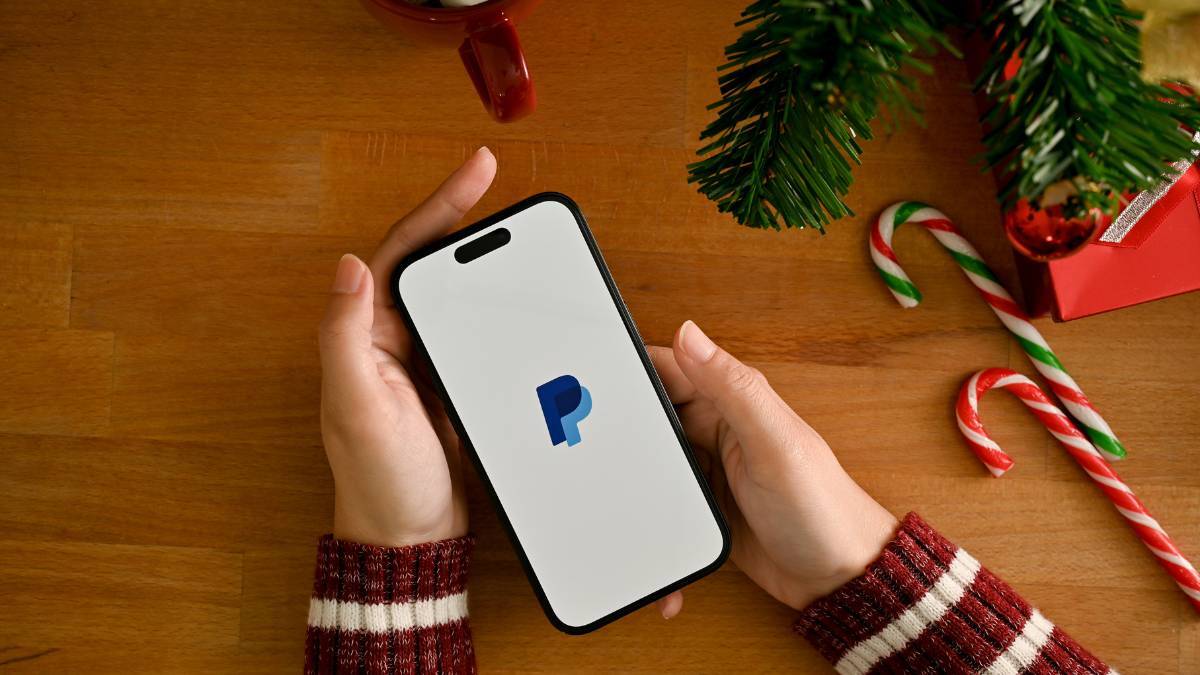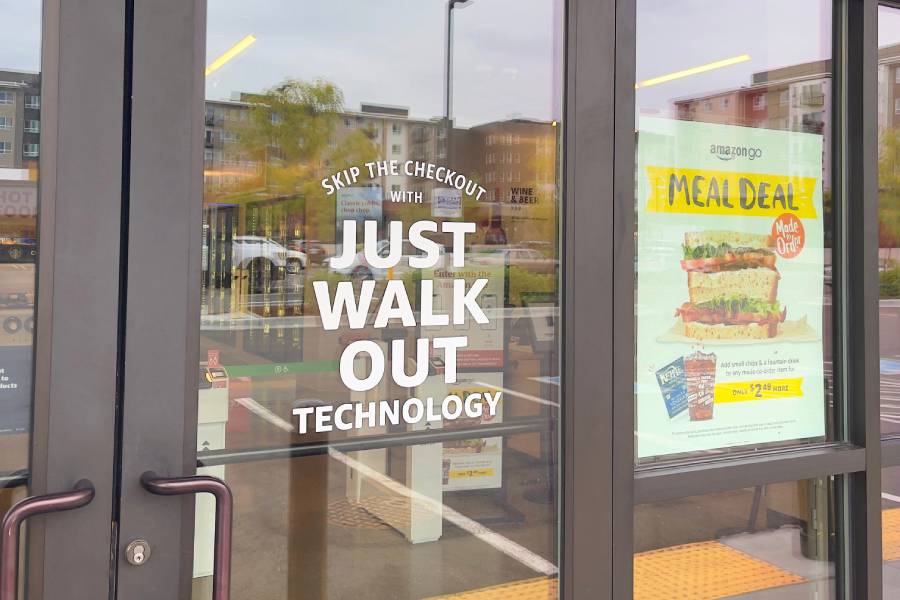Education & Credentials:
- Bachelor of Science, University of the Philippines Diliman
- The Future of Payment Technologies Course, Coursera
Expertise:
- Payments
- Order Processing
- Retail
- Customer Service
- Content Writing
Highlights
- 11+ years of content writing
- 4+ years experience in order and payment processing experience
Experience:
Andrea is a retail expert writer at Fit Small Business, contributing to the payments section. Before joining Fit Small Business, she was an actuarial specialist and freelance writer. She also has experience helping online businesses with order and payment processing. Andrea has more than 11 years of experience writing online content on various topics ranging from marketing to business.
Posts Written by Andrea
Discover more resources
for your business
Education & Credentials
- Bachelor of Science, University of the Philippines Diliman
- The Future of Payment Technologies Course, Coursera



